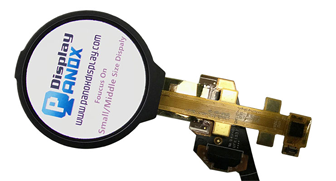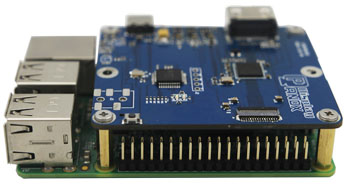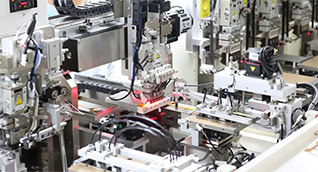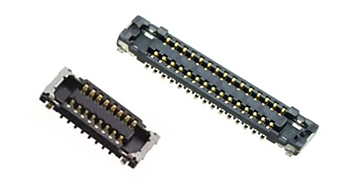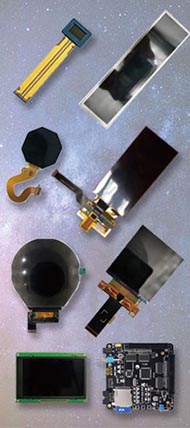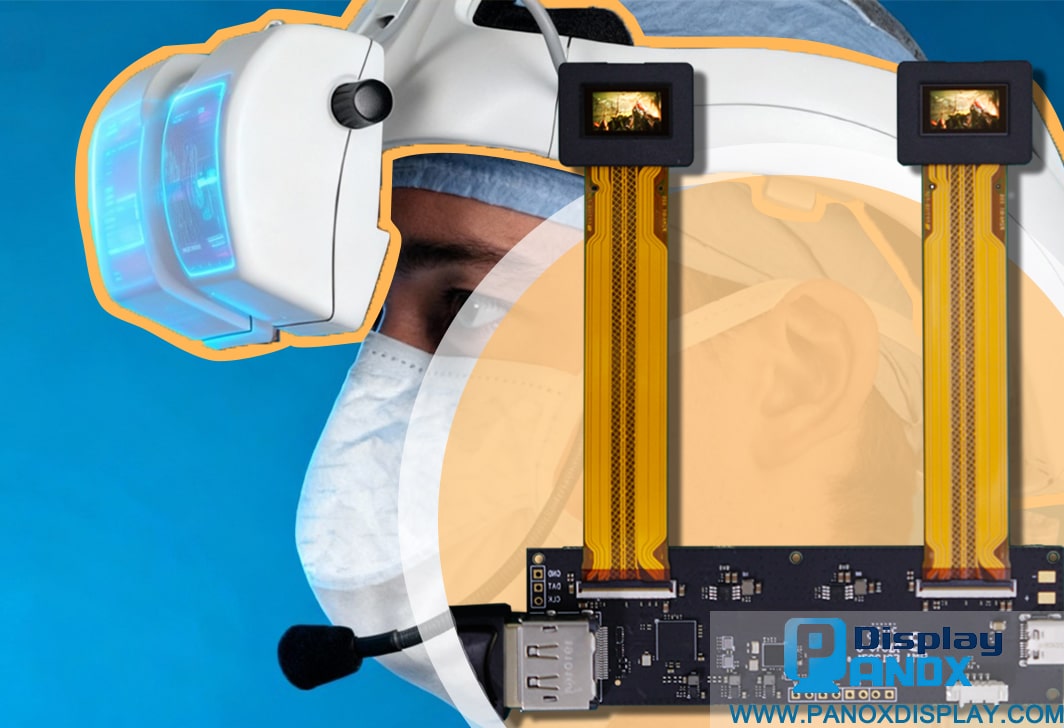
HMD medical refers to the use of Head-Mounted Displays (HMDs) in healthcare settings, enabling enhanced visualization, augmented reality, and real-time data access for medical professionals. These wearable devices improve surgical precision, patient monitoring, medical training, and rehabilitation by overlaying critical information directly into the clinician’s field of view. HMD technology is transforming healthcare by increasing efficiency, accuracy, and safety across various medical disciplines.
What Is an HMD Medical Device and How Does It Work?
An HMD medical device is a wearable display system worn on the head that projects images, data, or augmented reality (AR) overlays directly in front of the user’s eyes. These devices typically include:
-
A display screen or optical system
-
Sensors and cameras for tracking and environment mapping
-
Connectivity modules to stream or process medical data
-
Lightweight ergonomic design for extended use
In medical applications, HMDs can show patient vitals, 3D anatomical models, surgical guides, or real-time imaging like ultrasound or fluoroscopy. By integrating with hospital information systems and imaging devices, HMDs provide hands-free access to critical information, improving workflow and decision-making.
How Are HMD Medical Devices Used in Surgery?
HMDs have become increasingly valuable in surgery for:
-
Image guidance and augmented reality: Surgeons can view 3D reconstructions of anatomy overlaid on the patient, enhancing precision in complex procedures.
-
Real-time data display: Vital signs, imaging, or preoperative plans are accessible without looking away from the surgical field.
-
Training and education: Trainees can observe surgeries remotely or use AR overlays to learn anatomy and procedural steps interactively.
-
Communication: Surgeons can collaborate with remote experts via live streaming and shared visuals.
Common surgical specialties using HMDs include neurosurgery, urology, orthopedics, and vascular surgery. The technology improves ergonomics by reducing the need to shift gaze between monitors and the patient.
Which Medical Specialties Benefit Most from HMD Technology?
HMD medical applications span multiple specialties, including:
-
Orthopedics: For image-guided procedures and virtual monitors during surgery.
-
Neurosurgery: Precise navigation with AR overlays of brain structures.
-
Urology: Enhanced visualization for minimally invasive surgeries.
-
Radiology and Sonography: Wearable displays improve image quality and reduce examiner fatigue during ultrasound exams.
-
Physical Rehabilitation: Immersive virtual reality via HMDs aids recovery in stroke, Parkinson’s, and spinal cord injury patients.
Panox Display supports these medical applications by supplying high-quality, customizable OLED and LCD panels ideal for HMD devices, ensuring clarity and reliability.
Why Are HMD Medical Devices Important for Healthcare Professionals?
HMDs offer several critical advantages:
-
Hands-free access to information increases efficiency and safety during procedures.
-
Improved visualization with AR reduces errors and enhances surgical precision.
-
Enhanced ergonomics by minimizing head and eye movement fatigue.
-
Remote collaboration enables expert consultation and training regardless of location.
-
Patient engagement and education through immersive visualization tools.
These benefits contribute to better patient outcomes, streamlined workflows, and reduced healthcare costs.
How Does HMD Technology Improve Medical Training and Education?
HMD medical devices revolutionize training by:
-
Providing immersive simulations that replicate surgical environments.
-
Allowing real-time feedback and interactive learning through AR overlays.
-
Enabling remote observation and mentoring via live streaming.
-
Facilitating repetitive practice without patient risk.
Medical students and residents gain hands-on experience with complex procedures in a controlled, safe setting, accelerating skill acquisition and confidence.
What Are the Challenges and Limitations of HMD Medical Devices?
Despite their promise, HMDs face challenges such as:
-
Device weight and comfort: Extended use can cause fatigue or discomfort.
-
Field of view limitations: Some devices have narrow viewing angles.
-
Technical integration: Compatibility with hospital systems and imaging devices can be complex.
-
Cost and accessibility: High-end HMDs may be expensive for some institutions.
-
User adaptation: Training is needed to maximize benefits and avoid distraction.
Panox Display addresses these challenges by offering lightweight, high-resolution display panels designed for medical HMDs, balancing performance and comfort.
When Are HMD Medical Devices Most Effectively Used?
HMDs are most effective in scenarios requiring:
-
Complex image-guided surgeries where 3D visualization enhances accuracy.
-
Procedures demanding hands-free data access to maintain sterility and focus.
-
Remote collaboration and telemedicine for expert consultation.
-
Rehabilitation programs utilizing virtual reality for patient engagement.
-
Medical training environments needing immersive and interactive learning tools.
Their flexibility allows integration across preoperative planning, intraoperative guidance, and postoperative care.
How Does Panox Display Contribute to the Advancement of HMD Medical Technology?
Panox Display plays a crucial role by:
-
Supplying premium OLED and LCD panels optimized for medical HMDs with high brightness, contrast, and resolution.
-
Offering custom display solutions tailored to specific device requirements in size, shape, and performance.
-
Providing complete system integration support, including controller boards and touch panels.
-
Supporting OEM manufacturing for startups and established medical device companies.
Their expertise ensures reliable, cost-effective displays that meet the demanding standards of medical applications.
Could HMD Medical Devices Transform Patient Monitoring and Telemedicine?
Yes, HMDs can revolutionize patient monitoring by:
-
Allowing clinicians to view vital signs and imaging data in real time without diverting attention.
-
Enabling remote patient assessment through shared AR environments.
-
Supporting emergency medicine and ICU workflows by providing continuous, hands-free data access.
-
Enhancing telemedicine consultations with immersive visualization and interaction.
This technology improves responsiveness, diagnostic accuracy, and patient care continuity.
Panox Display Expert Views
"The integration of HMD technology in medical applications marks a significant leap forward in healthcare delivery. At Panox Display, we recognize the critical role high-quality microdisplays play in enabling precise visualization, comfort, and reliability in head-mounted medical devices. Our commitment is to provide customized OLED and LCD solutions that empower medical professionals to perform at their best, ultimately improving patient outcomes and advancing medical innovation." — Lead Engineer, Panox Display
What Are the Future Trends in HMD Medical Technology?
Future developments likely include:
-
Lighter, more ergonomic designs for prolonged use.
-
Improved display resolutions and wider fields of view for enhanced immersion.
-
Integration of eye-tracking and AI for intuitive control and decision support.
-
Hybrid AR/VR capabilities to blend real and virtual environments seamlessly.
-
Expanded applications in diagnostics, therapy, and remote care.
Panox Display continues to innovate alongside these trends, delivering next-generation display panels tailored for evolving medical needs.
Table: Comparison of HMD Types Used in Medical Applications
| HMD Type | Description | Common Uses | Advantages | Limitations |
|---|---|---|---|---|
| See-through HMD | Overlay digital images on real view | Surgery, image guidance | Maintains real-world awareness | Limited brightness in bright ORs |
| Non-see-through HMD | Fully immersive digital display | Rehabilitation, training | Full immersion, controlled environment | Loss of real-world view |
| Heads-up HMD | Nontransparent display with direct real environment view | Data display, communication | Simple design, easy integration | Limited AR capability |
| Benefit | Description | Impact on Healthcare |
|---|---|---|
| Hands-free Information | Access to data without interrupting workflow | Increased efficiency and safety |
| Enhanced Visualization | 3D AR overlays and real-time imaging | Improved surgical precision |
| Remote Collaboration | Live streaming and expert consultation | Broader access to specialized care |
| Improved Training | Immersive simulations and interactive learning | Faster skill acquisition |
| Patient Engagement | Visual aids for education and rehabilitation | Better patient compliance and outcomes |
Conclusion
HMD medical technology is reshaping healthcare by providing clinicians with hands-free, immersive access to critical information and augmented reality tools. These devices enhance surgical precision, improve patient monitoring, and revolutionize medical training. While challenges remain, ongoing innovations and support from companies like Panox Display ensure that HMD medical devices will become indispensable tools across many medical specialties. Healthcare providers should consider integrating HMD technology to improve outcomes, efficiency, and collaboration.











